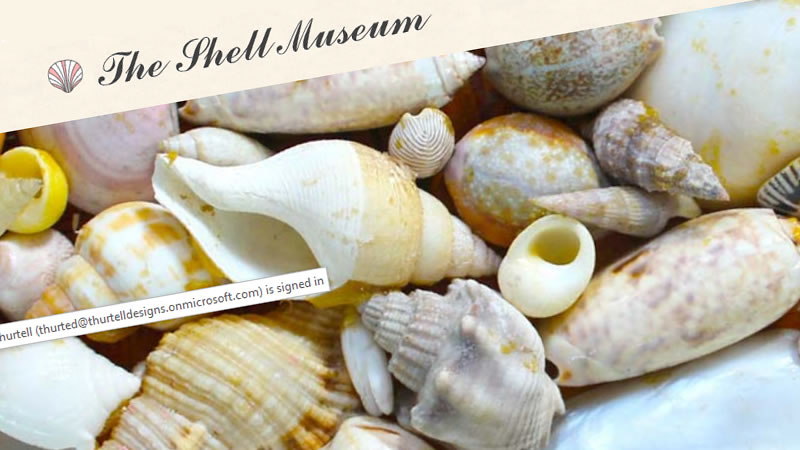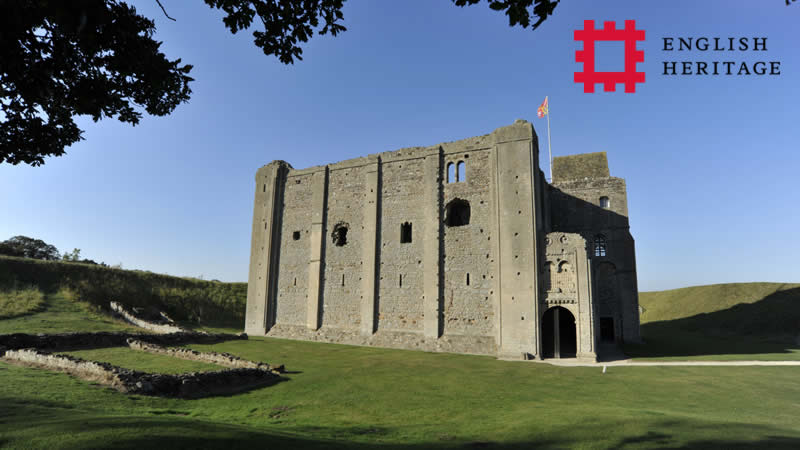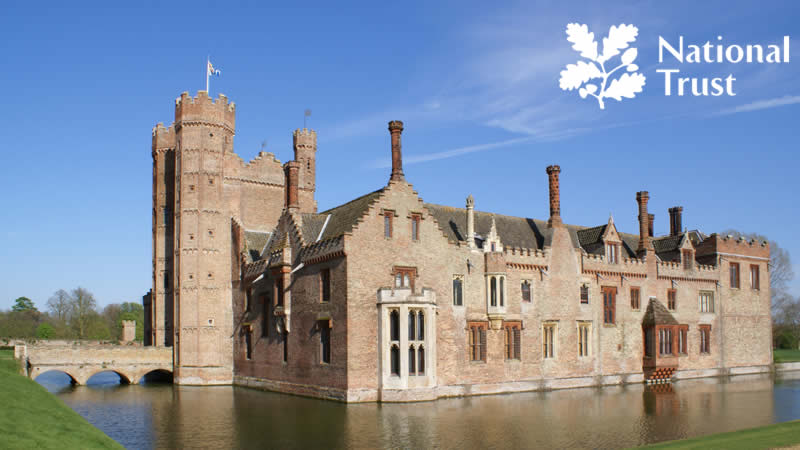Norwich and Norfolk Terriers
Published date: September 2018

Norwich and Norfolk Terriers are the smallest of the terrier breeds, standing at around 10 inches, 25cm. Originally bred to be ratters, they are today both more commonly companion breeds, with friendly dispositions.
Norwich and Norfolk Terriers were inter-bred for a number of years, but today they are definitely two different breeds.
Norwich Terrier
Records show the Norwich Terrier has existed since the late 19th century, as a working dog that originated in and around East Anglia. They were used as ratters in the stable yard, as bolters of fox for the hunt and as family companions. Today they can be found around the globe and are popular in America and Canada and of course in and around Norfolk.
The Norwich Terrier weighs around 11 - 12lbs, 5.0 - 5.4 kg and is a compact dog with a double coat; hard and wiry on the top, with a soft under coat. They can be red, grizzle - which is a mix of red, black and white hairs, wheaten - fawn or yellowish, or black with tan. The Norwich Terrier does shed its hair and ideally needs to be hand stripped. It has small pricked up ears, in contrast to the Norfolk Terrier who has drop ears, that fold forward.
They are a relatively rare breed of dog, which is partly due to their small litter size of between 1 and 3 pups. They live for between 12 and 15 years and are considered hardy dogs that are intelligent and affectionate. It is not typical for the Norwich Terrier to be aggressive, they are energetic and enjoy their walks and are quite greedy and will try their luck at eating anything edible.
The Norwich Terrier is eager to please, but they also have a mind of their own and can be quite stubborn. They enjoy the companionship of their owners, so outside kennelling is not suitable for this breed. They are not known for unnecessary barking; however, they will warn of a stranger approaching. As soon as they realise that there is no threat, they will endeavour to become their best friend. Generally, the Norwich Terrier is good with children, and if introduced to other household pets as a puppy they can co-habit well. However, caution should be observed around rodent pets, they were bred to kill small rodents and could have an innate predatory instinct and mistake them for prey. When off lead, they are keen to chase small rodents and squirrels. They make good family pets.
Norfolk Terrier
The Norfolk Terrier was a variety of Norwich Terrier until it gained recognition in 1964 as an independent breed. It has drop ears that fold forward, in contrast to the Norwich Terrier who has upright pricked ears.
Norfolk Terriers were originally bred to rid barns of vermin. It is also thought they were occasionally used on a hunt to bolt animals from their dens.
Like the Norwich Terrier they are around 10 inches, 25cm at the withers and weigh around 11 to 12lbs, 5.0 - 5.4 kg. They have a wiry coat that can be various colours; all shades of red, wheaten, black and tan, or grizzle. Its coat is weather-resistant, wiry on the top, with a soft under coat that should be hand stripped.
Active, agile and compact, these working terriers enjoy being exercised and are considered to be a hardy breed. They are confident and carry themselves with importance, holding their heads high and keeping their tails erect. They are historically described as fearless, with an independent streak. Their temperaments are soft and as they were bred to work in packs, they tend to get along with other dogs. They love people, including children and make good pets. Like the Norwich Terrier, this breed should not be kept outside; they love human contact. Norfolk Terriers will dig out of boredom when left alone for too long, another reason they shouldn’t be kennelled outside.
The Norfolk Terrier is not a yappy dog but will bark when appropriate, when they sense danger. They generally cohabit well with other pets when they have been introduced as a puppy. However, they are natural hunters so introducing them to pet rodents should be avoided and when off lead they are prone to chasing squirrels and other small rodents.
The life expectancy of a Norfolk Terrier is between 10 and 14 years and they have relatively small litters of around 2-5 pups. Although this breed can be found around the globe, like the Norwich Terrier it has a special place in the hearts of many who are Norfolk born and bred.

Thrigby Hall Wildlife Gardens

Where to go for Delicious Ice Cream in Norfolk

Hostels in Norfolk

The Shell Museum

Some of the best Farm Shops in Norfolk

Fruit and Veg Delivery in Norfolk

Swaffham Museum

Cromer Hotels

It's East Anglian Derby Day in Norfolk this Coming Sunday

Garden Centres to visit in Norfolk

Restaurants in Great Yarmouth

The Gallery Holt

Ways to Wear the Kids Out this Half Term in Norfolk

Car Boot Sales in Norfolk




